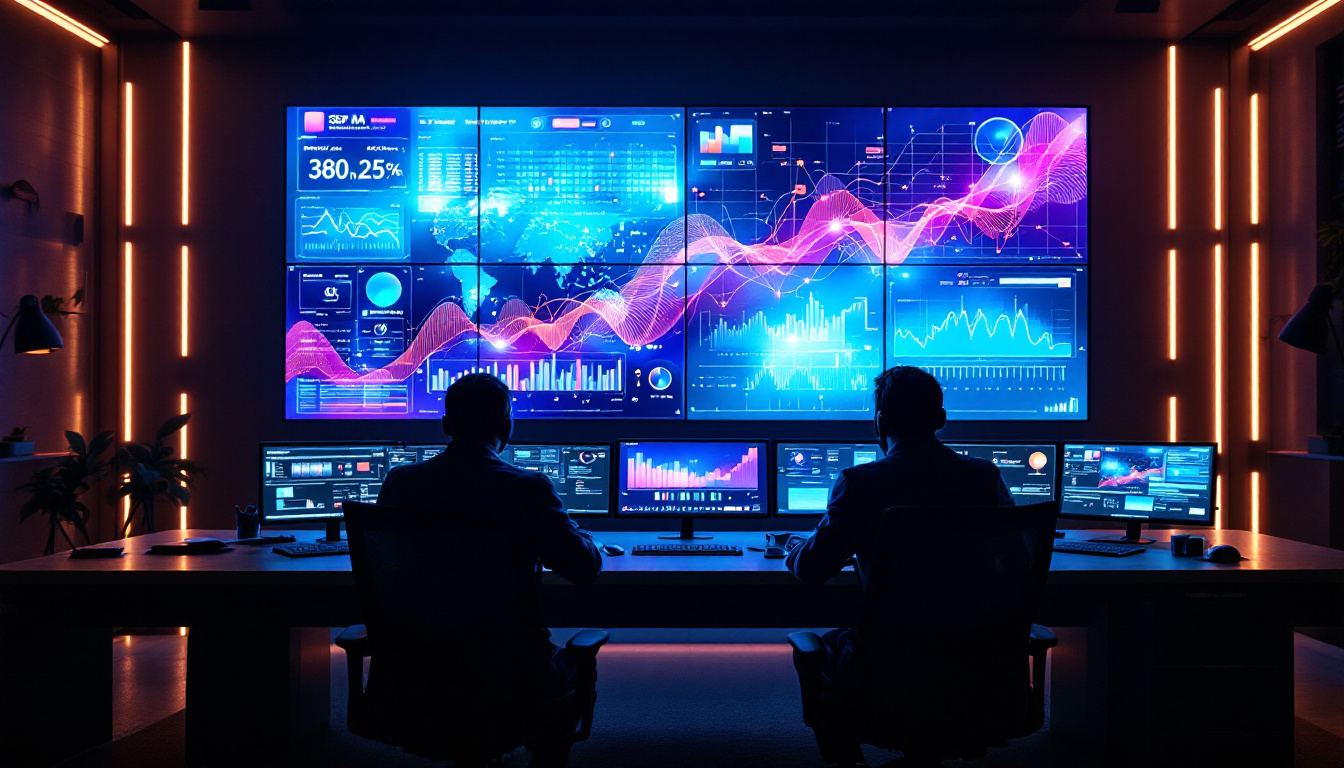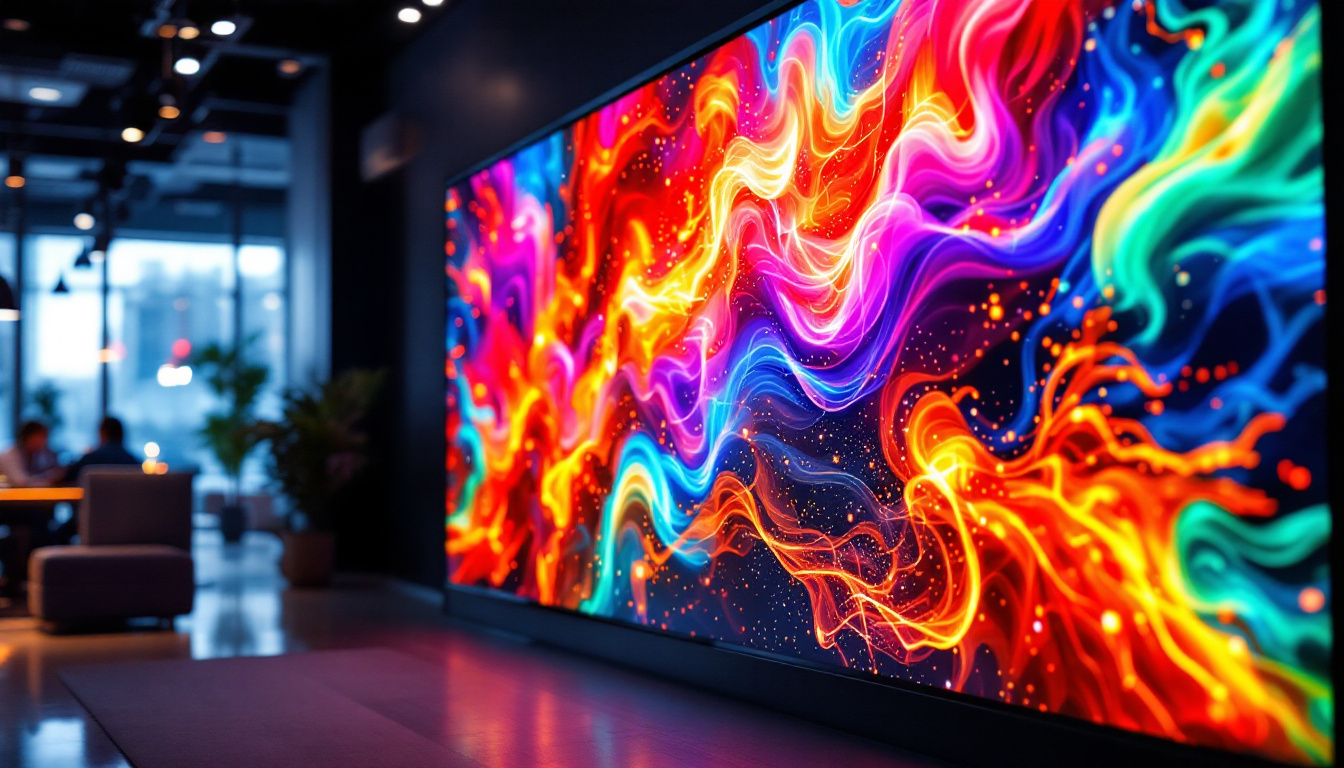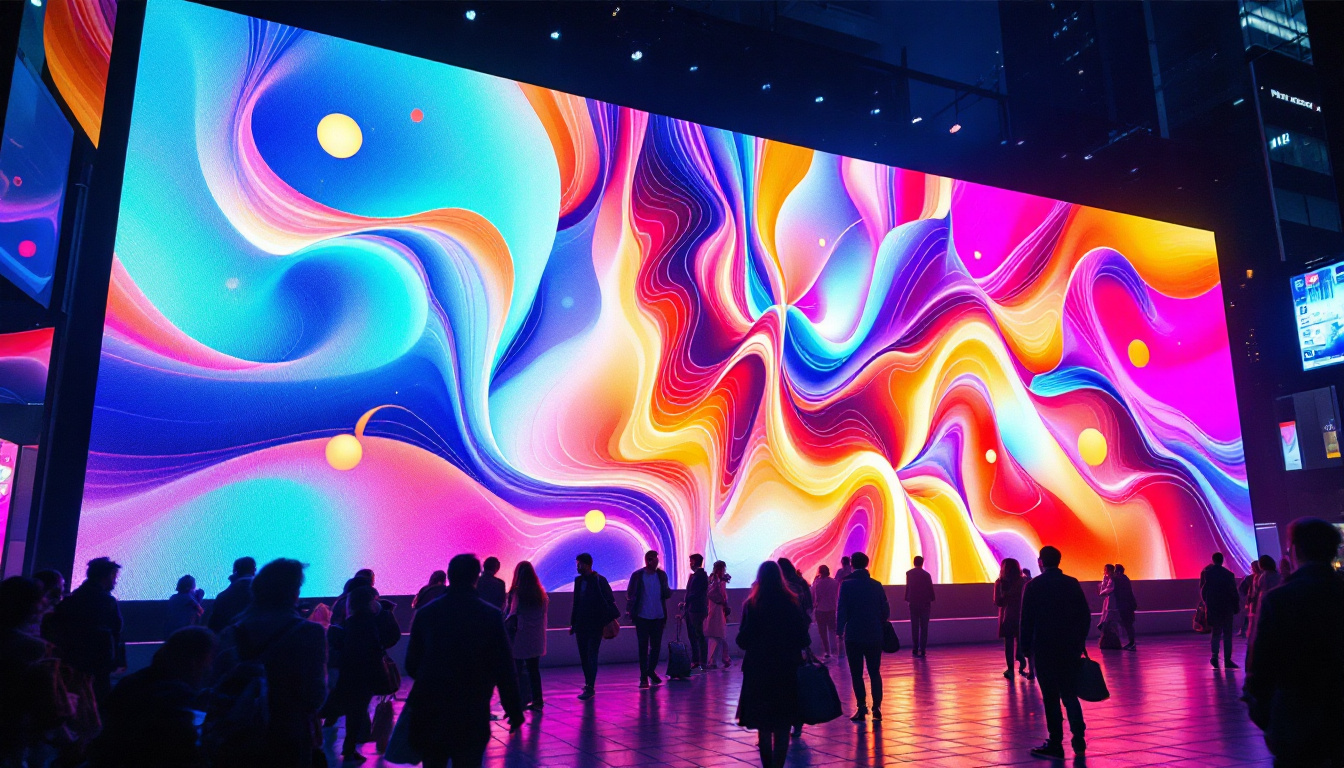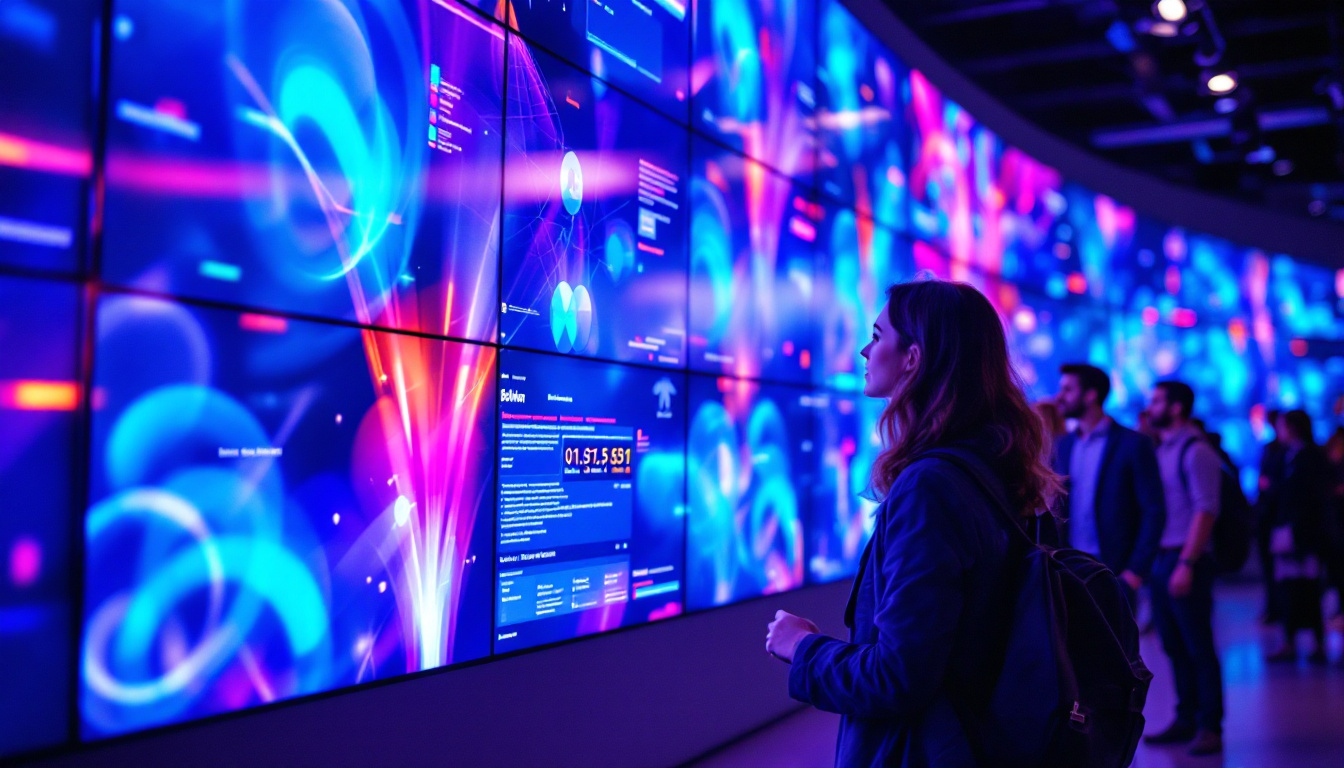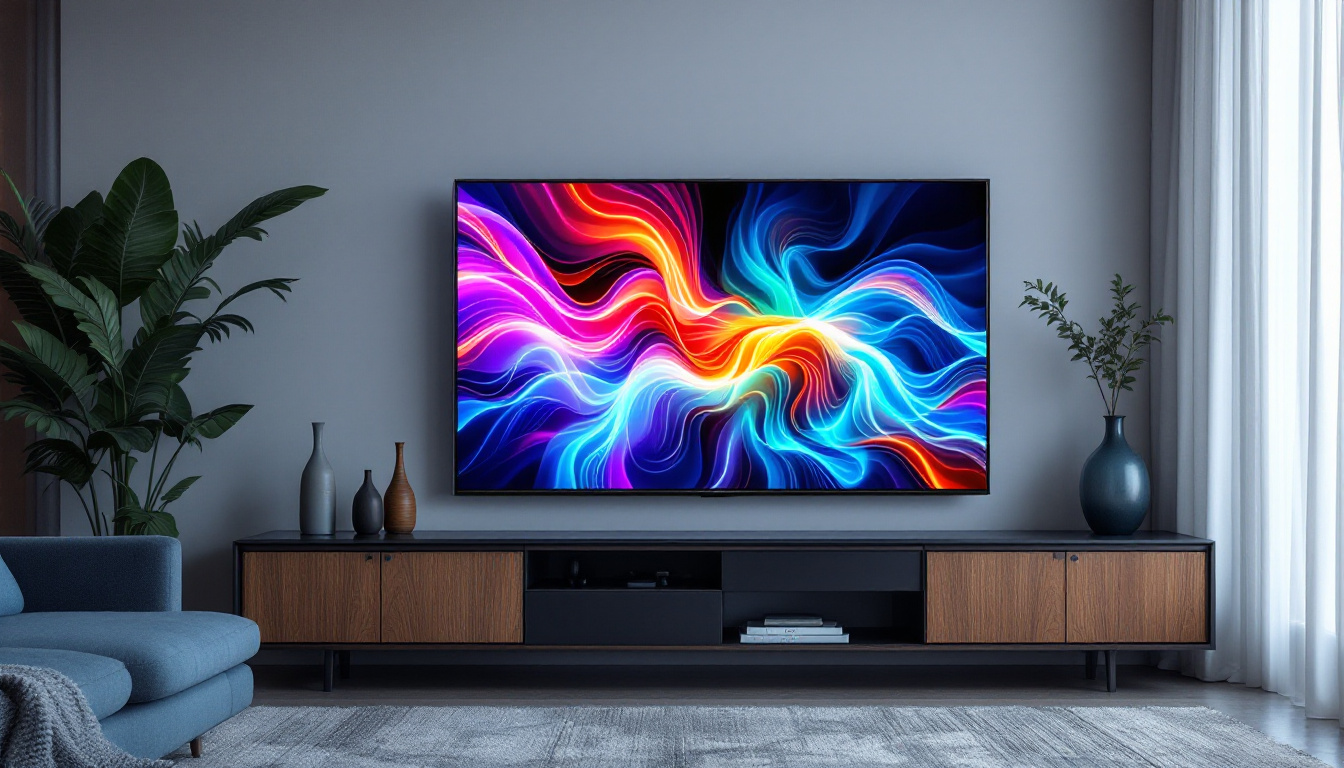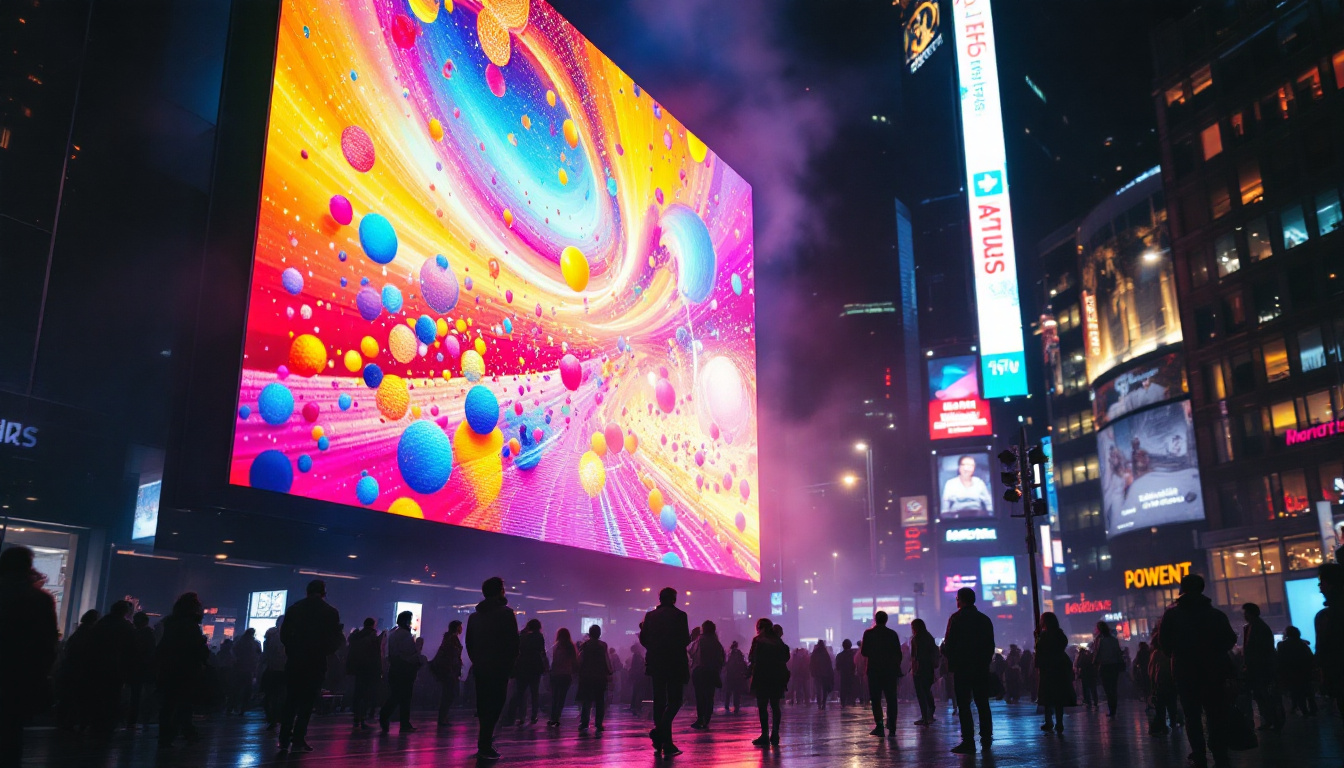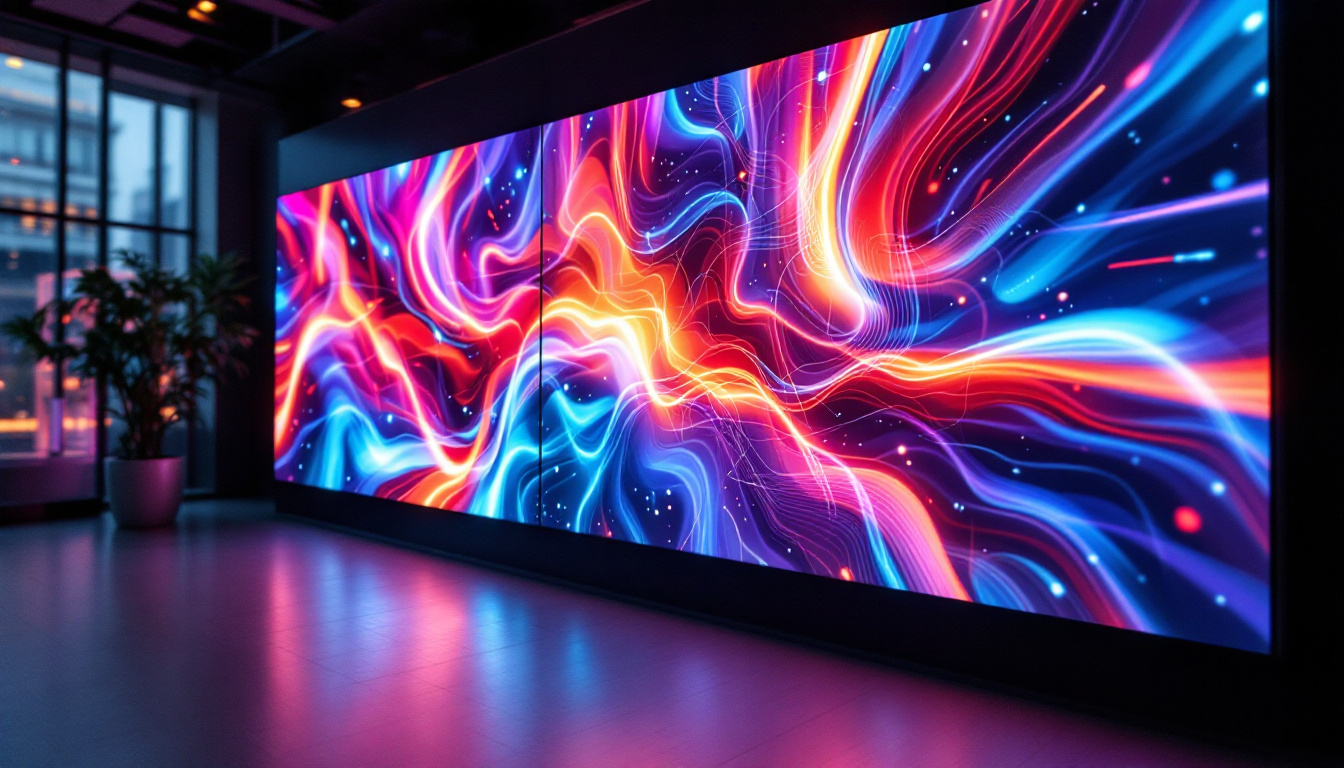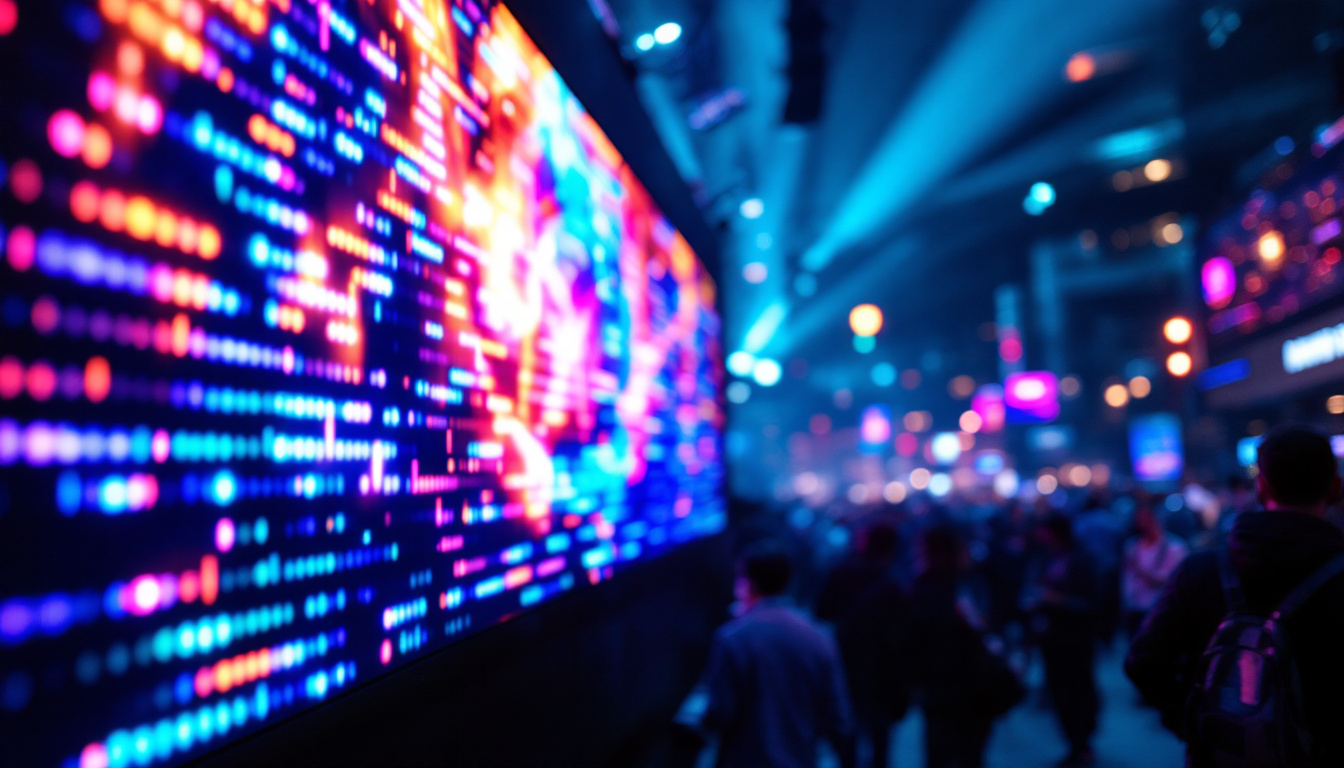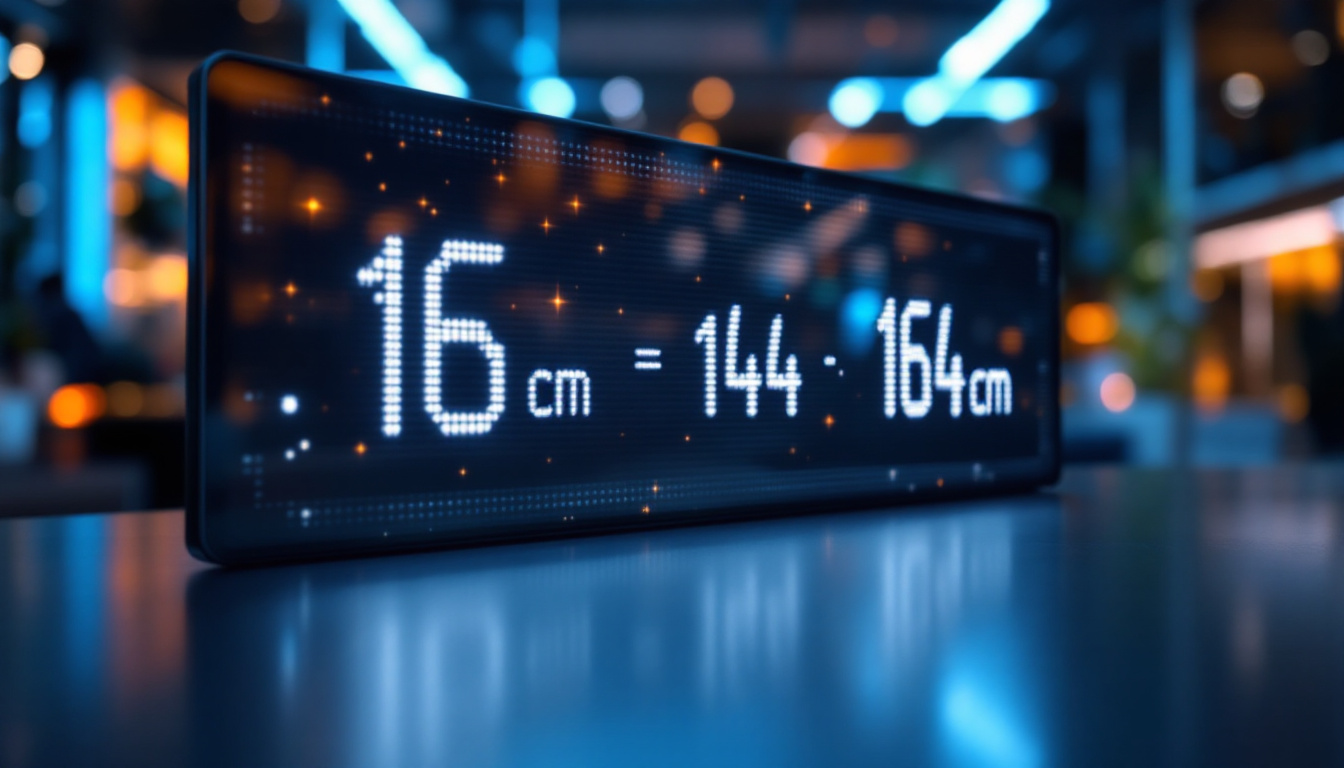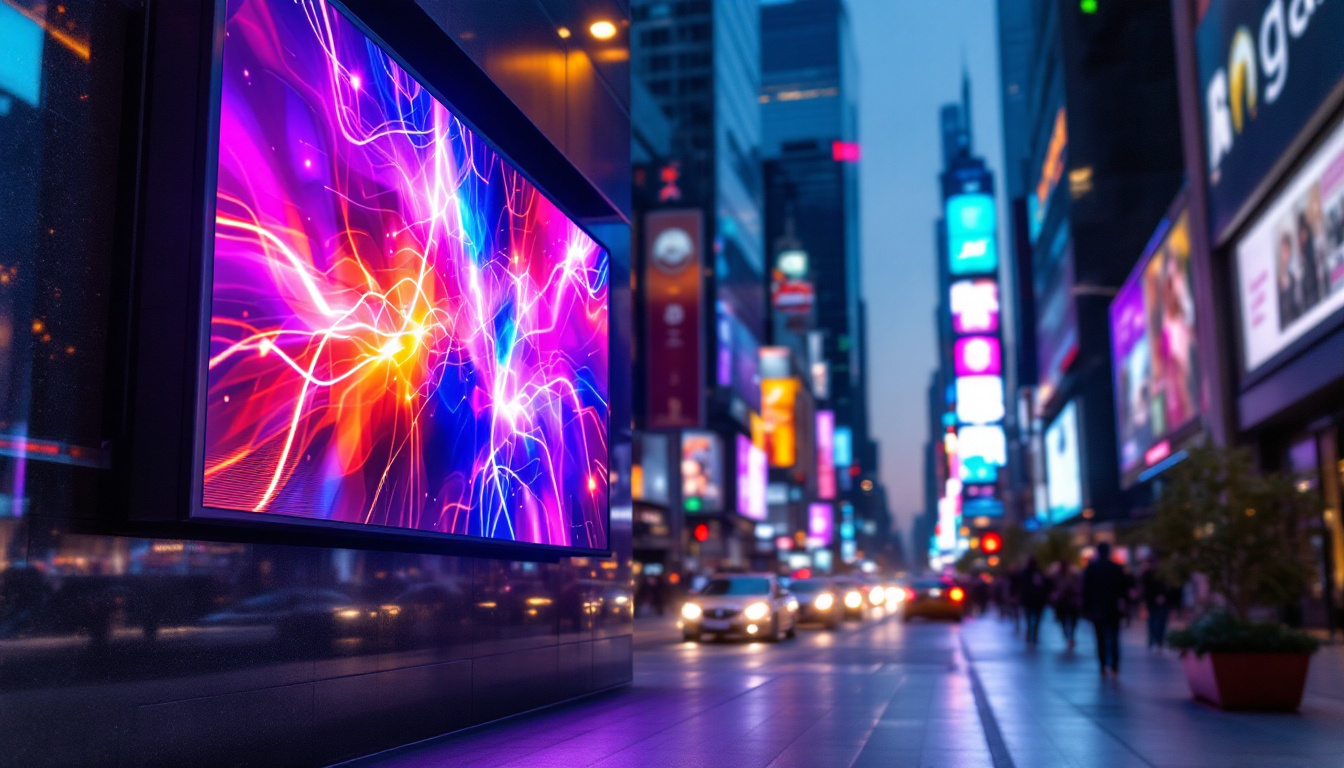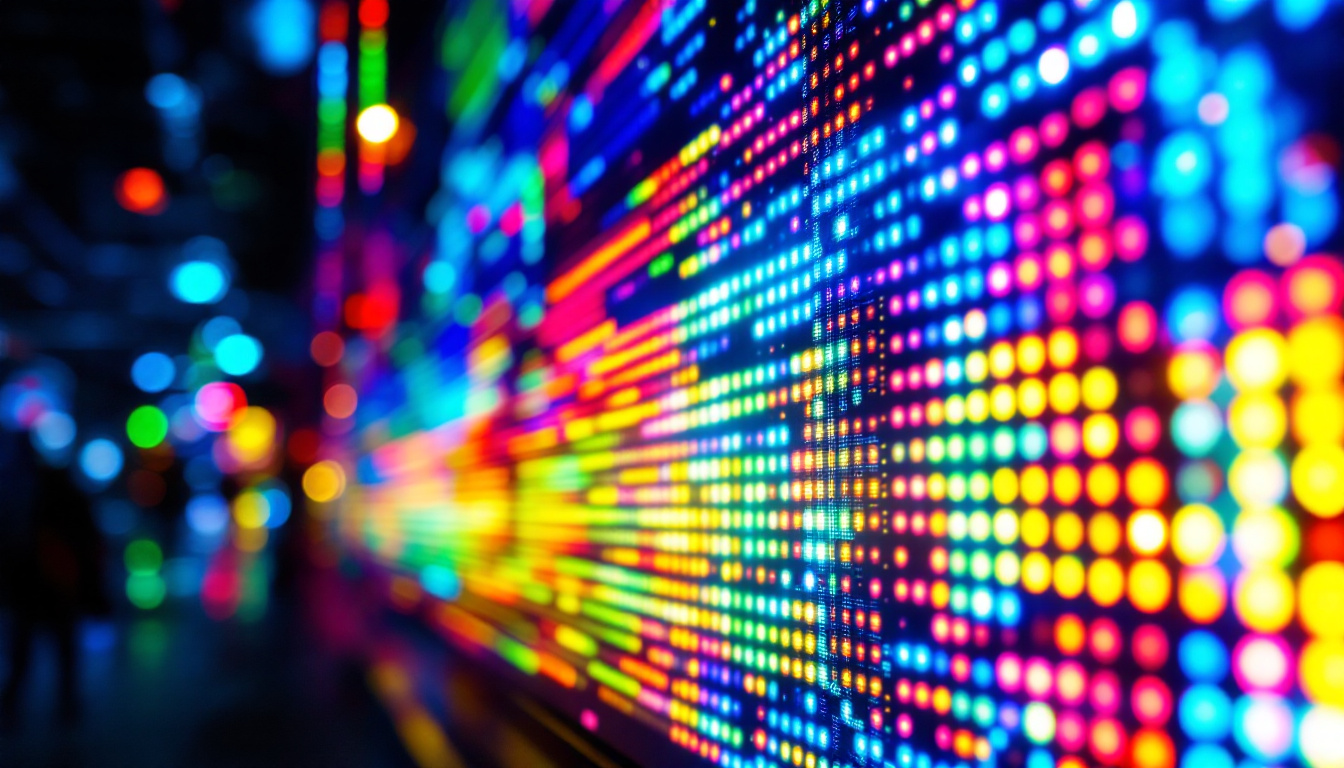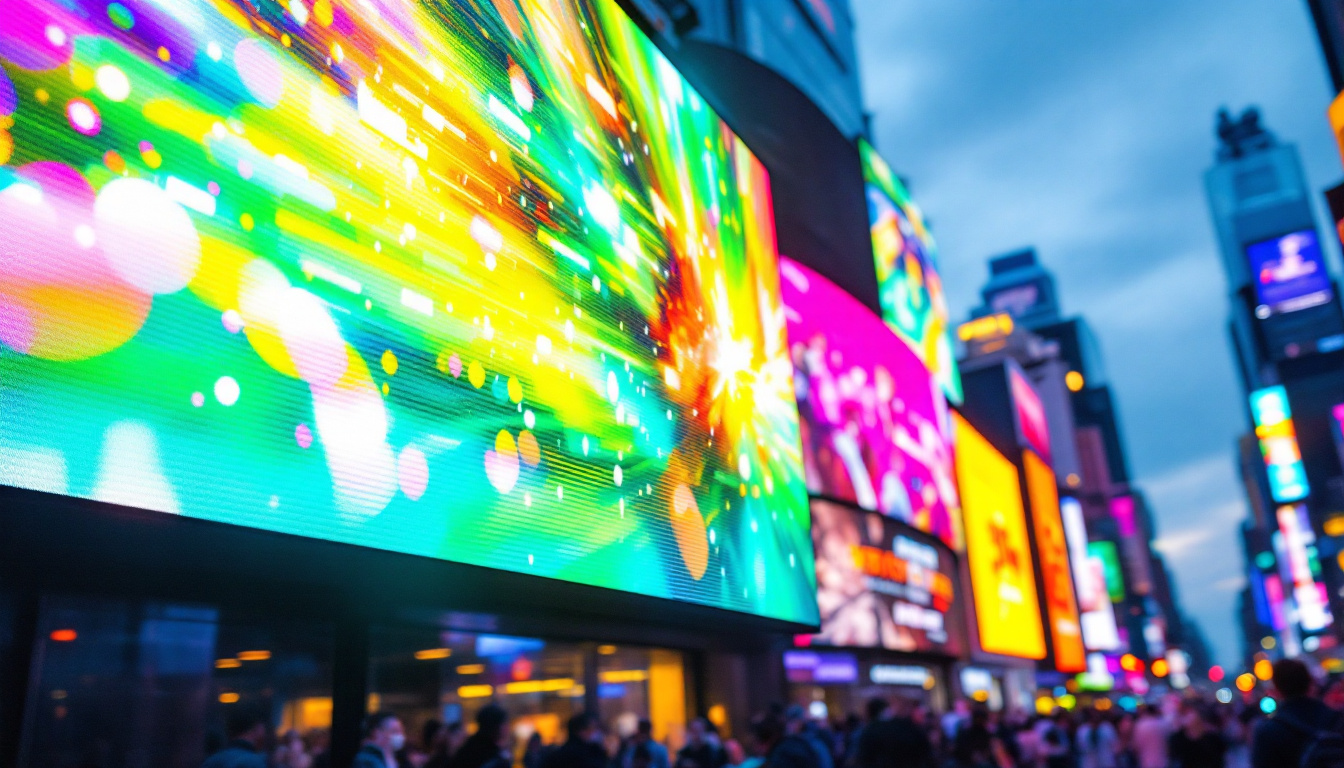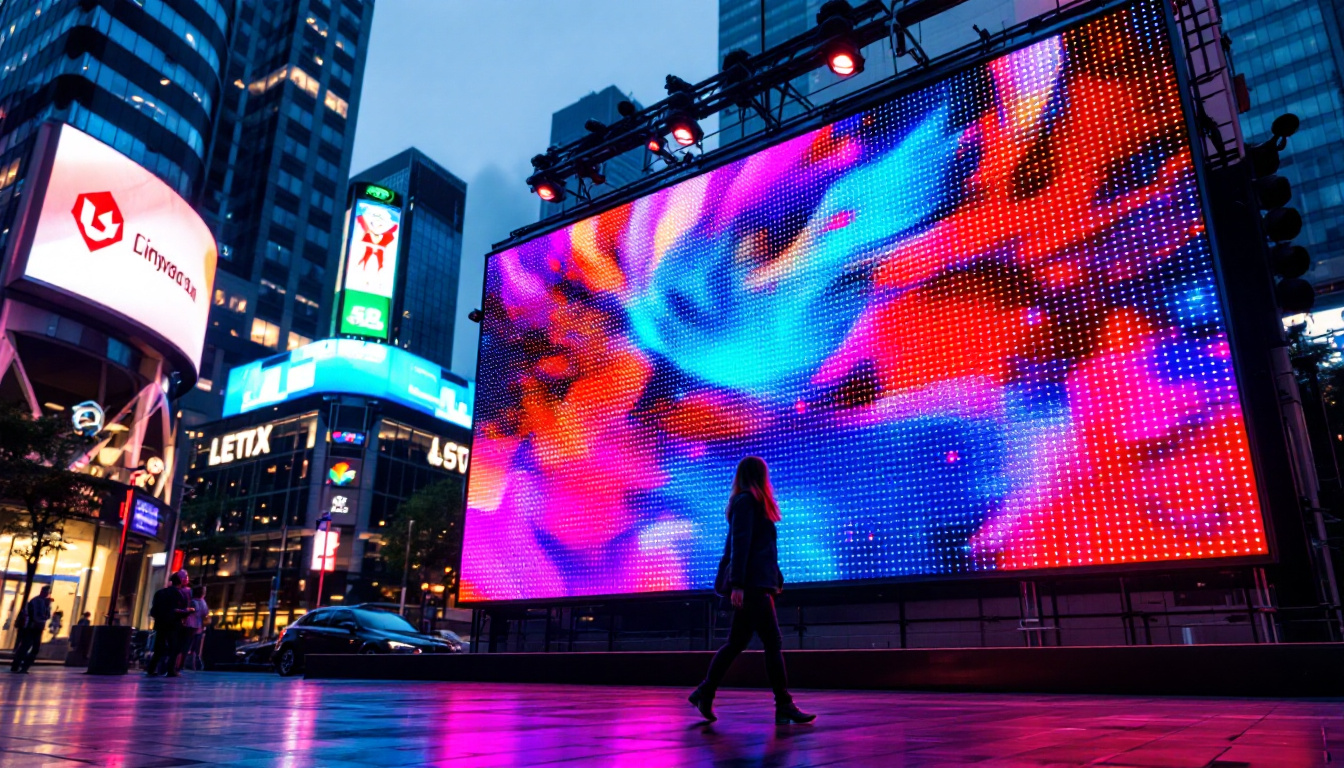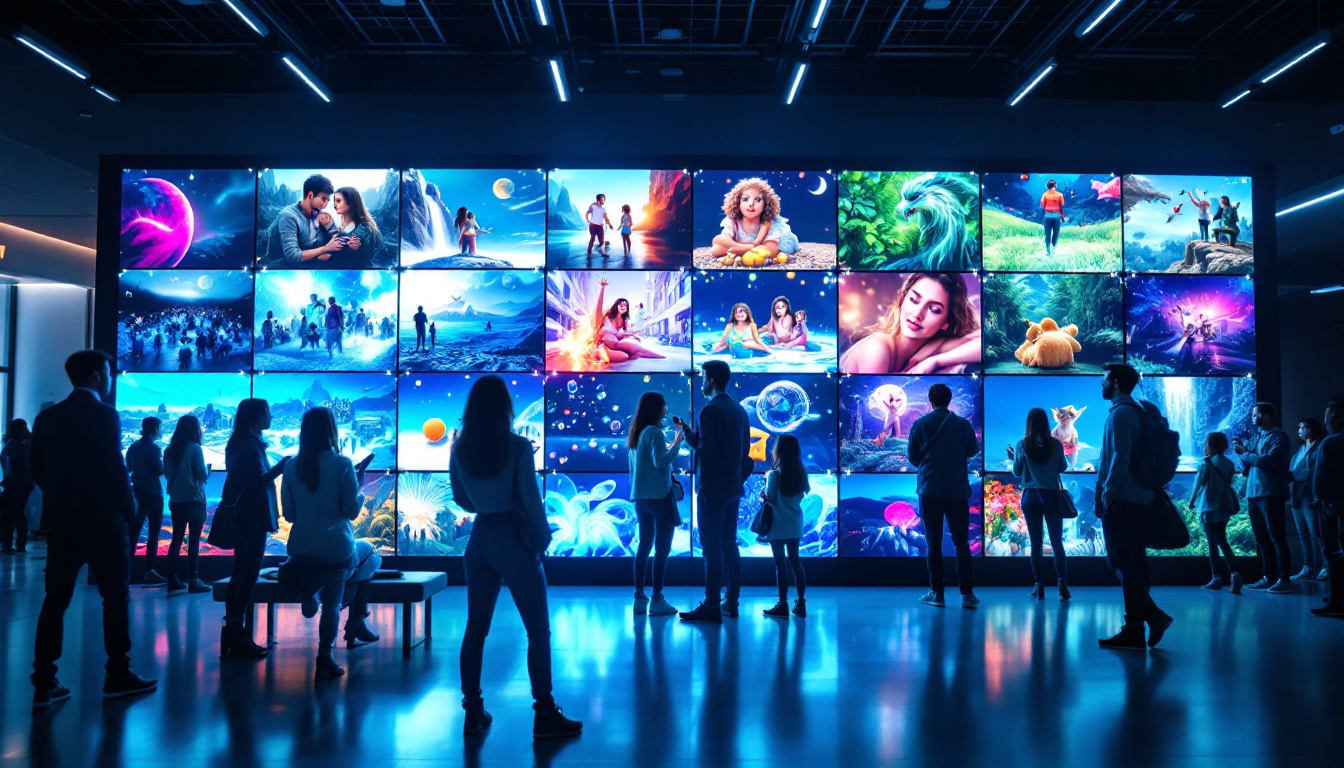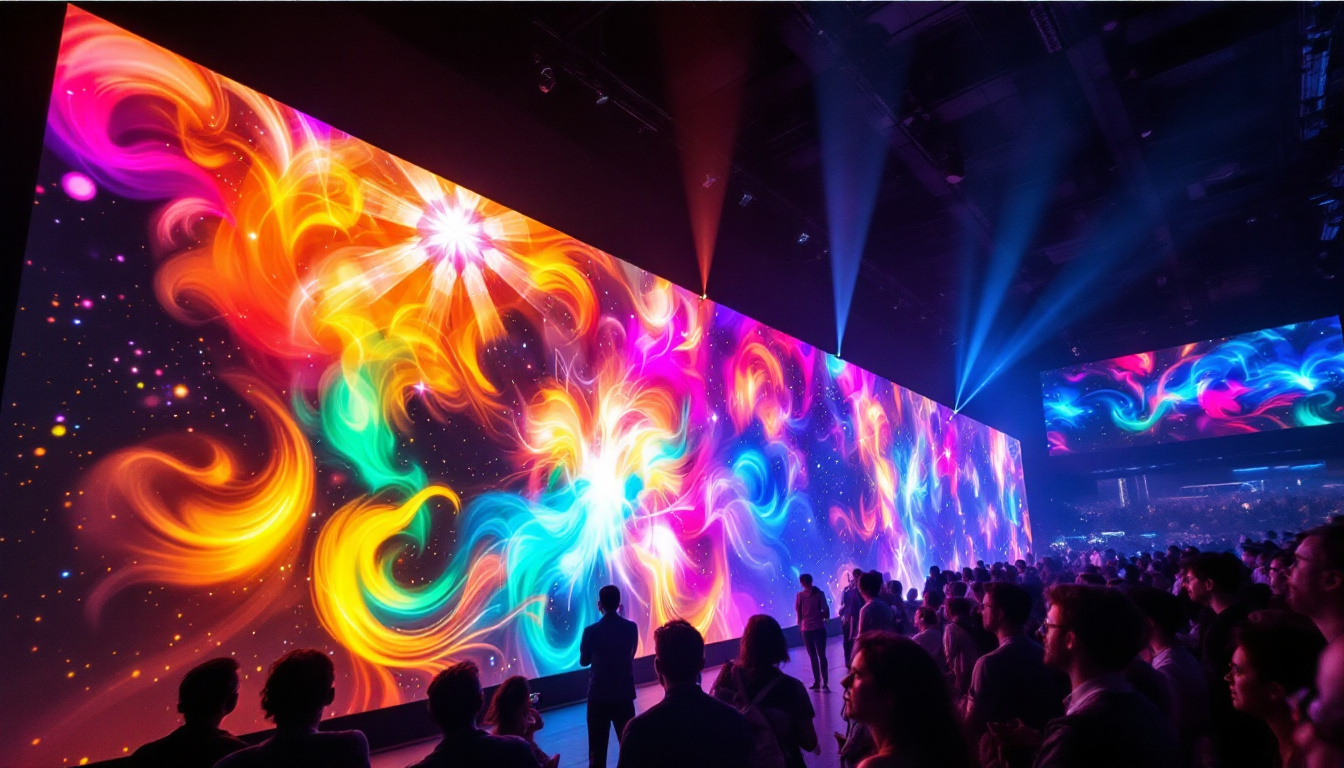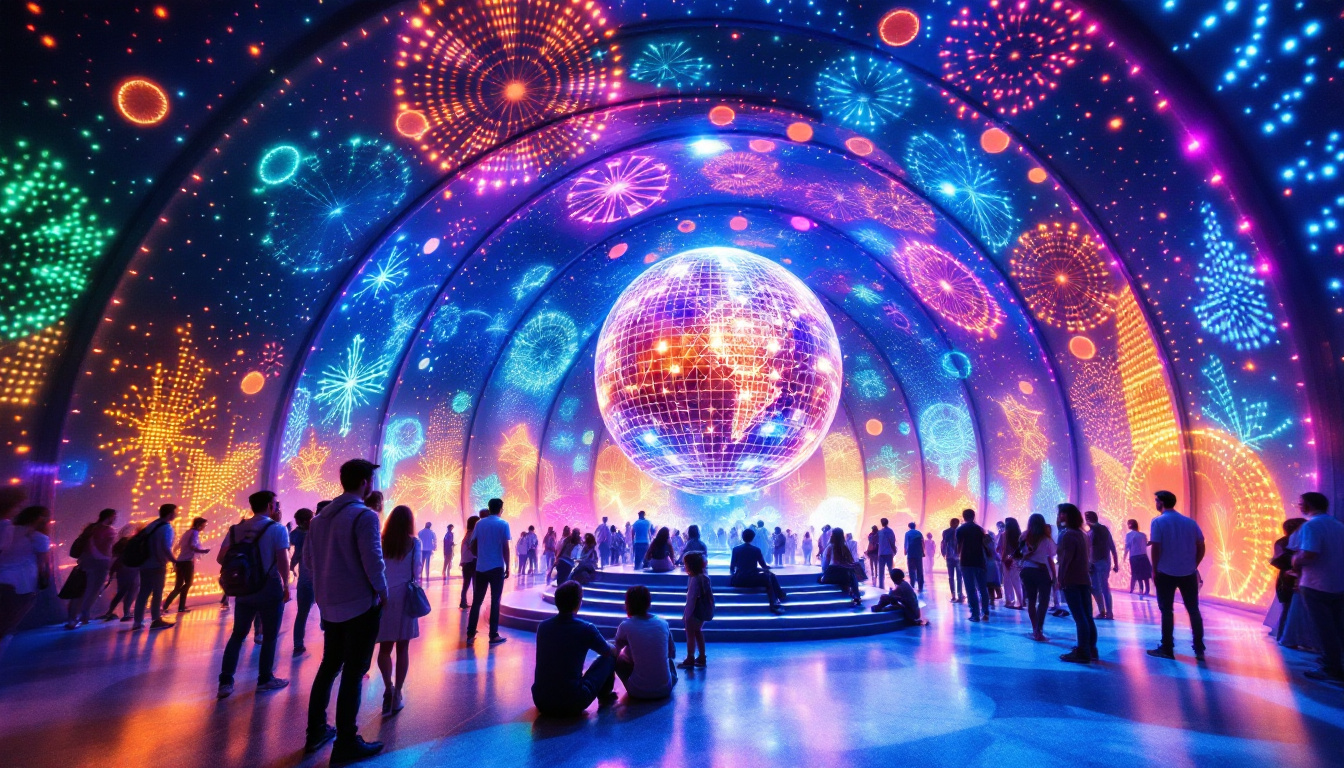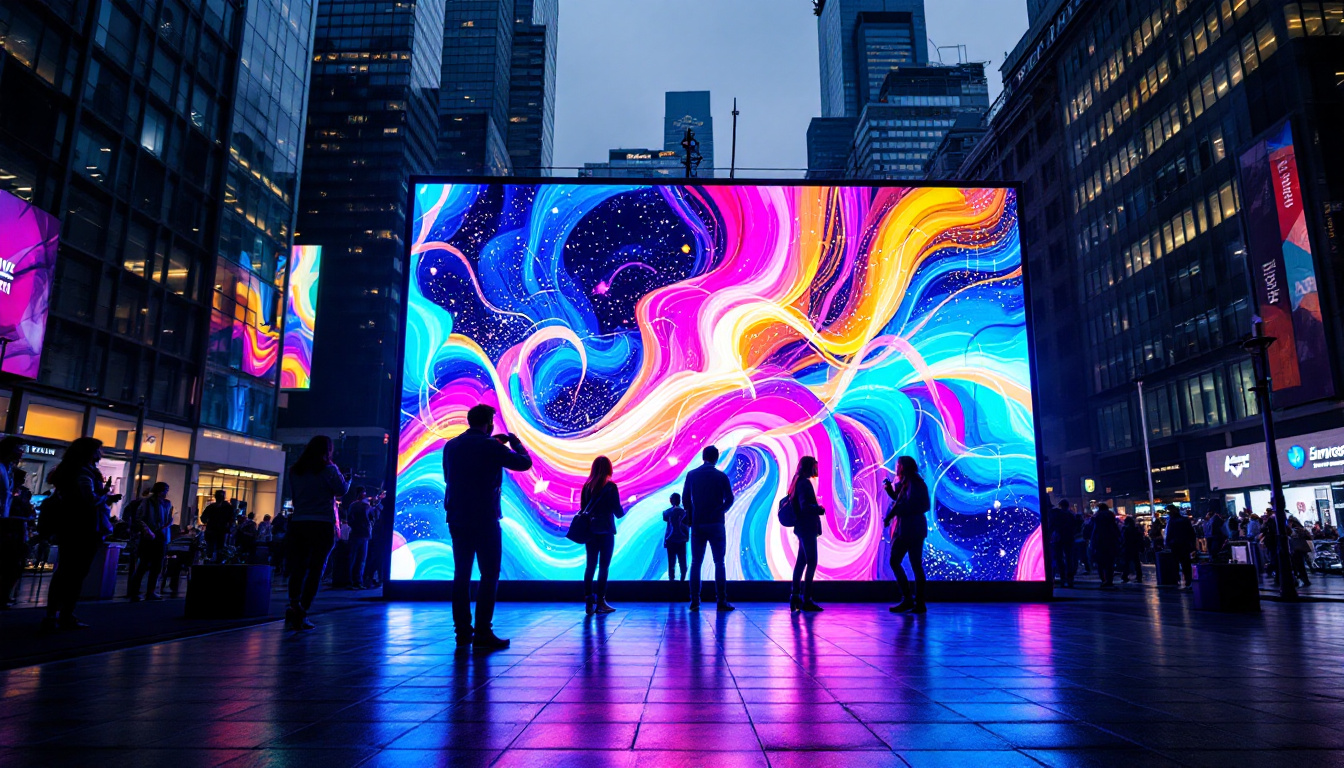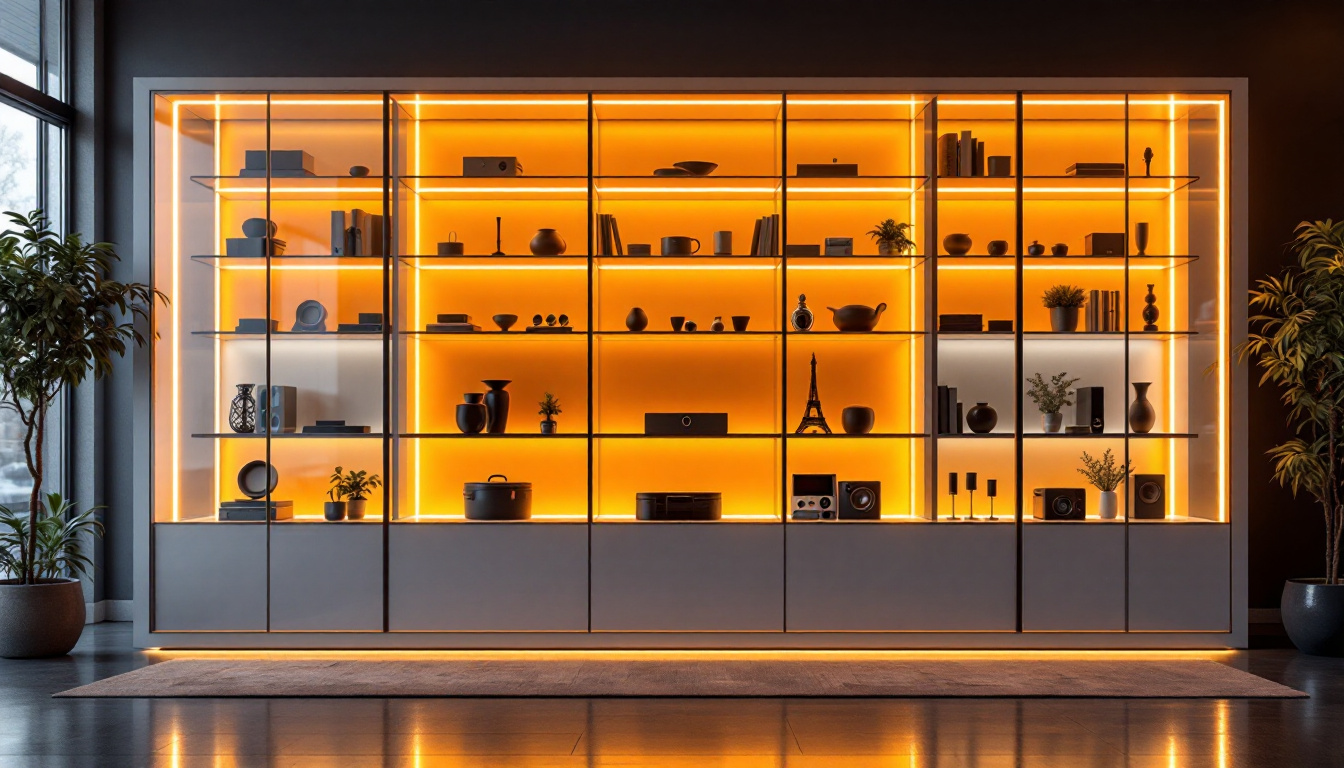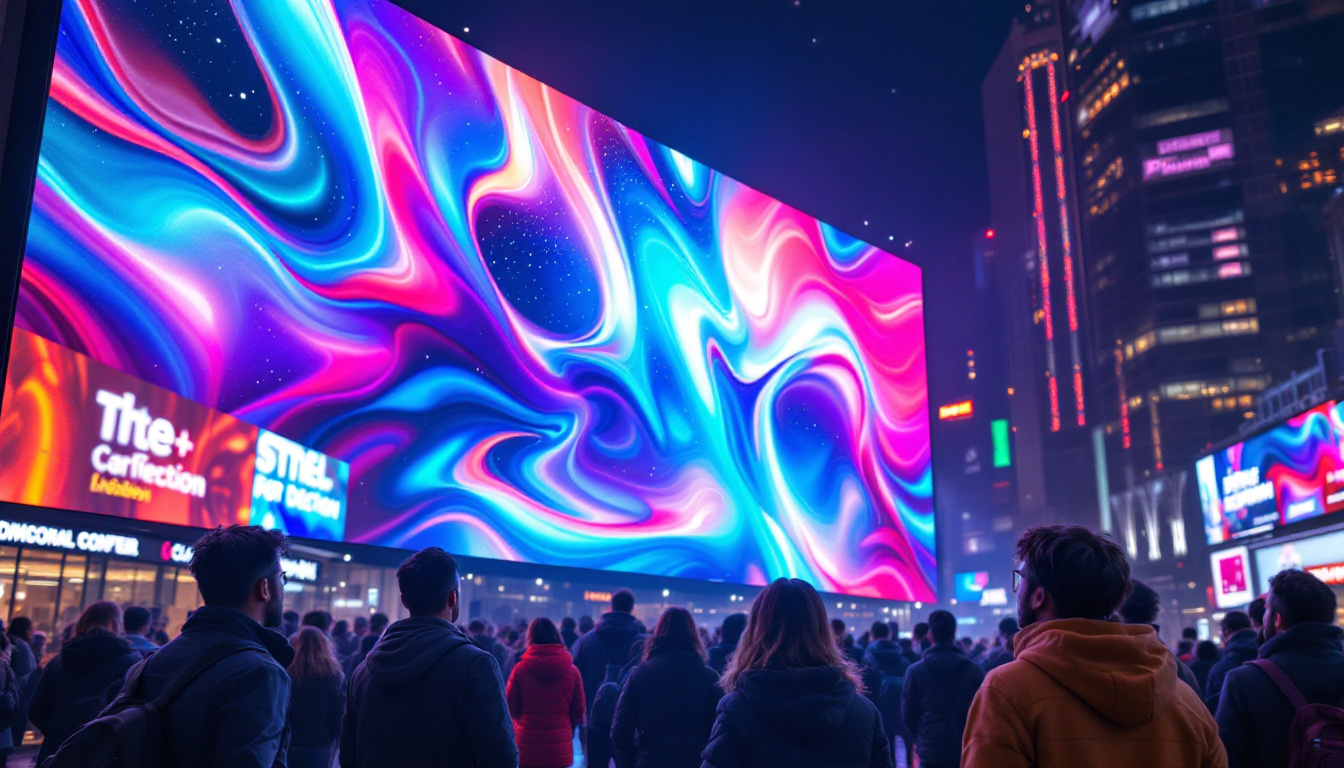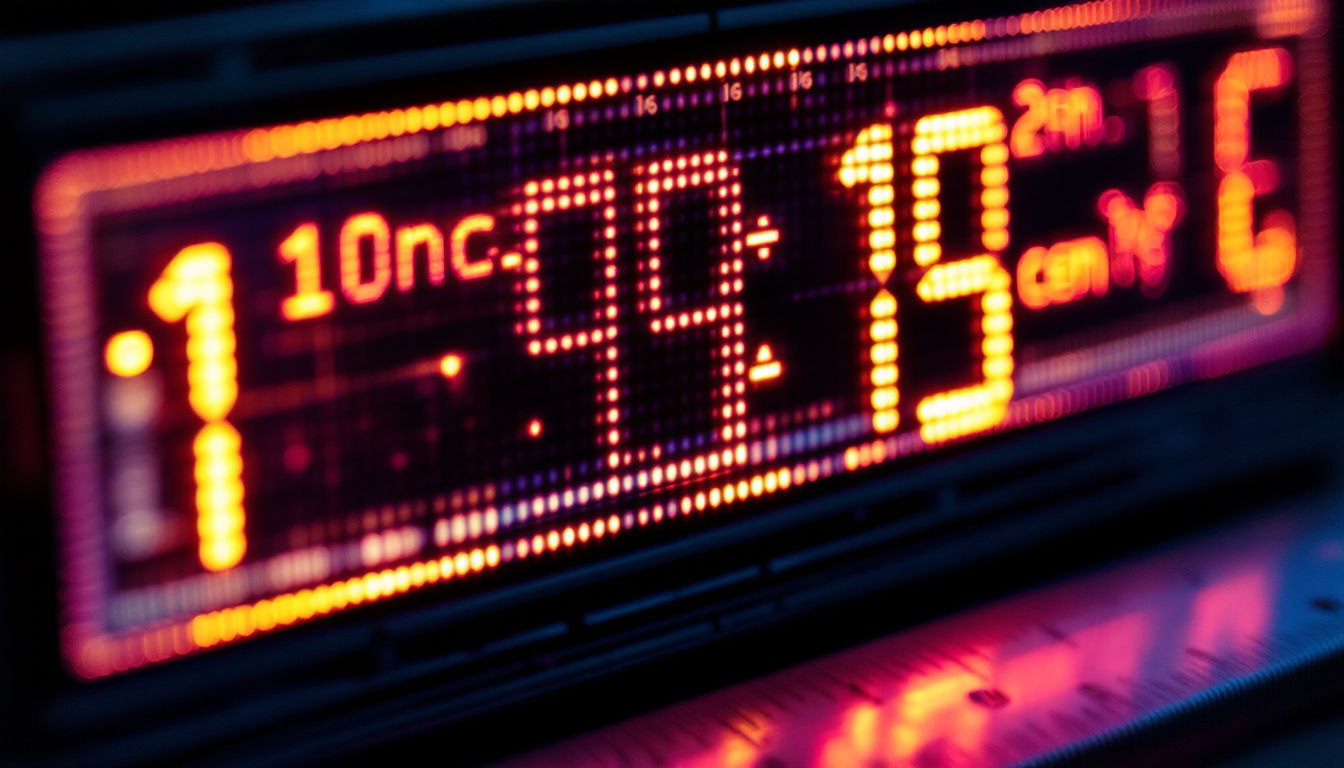In the realm of modern technology, control rooms play a pivotal role in managing operations across various industries, including transportation, security, and utilities. A key component of these control rooms is the display technology utilized to present critical information. Among the various options available, LED displays have emerged as a preferred choice due to their superior performance and versatility. This article delves into the intricacies of LED displays in control rooms, exploring their advantages, applications, and the technology behind them.
Understanding LED Technology
Light Emitting Diodes (LEDs) are semiconductor devices that emit light when an electric current passes through them. This technology has revolutionized the way visual information is presented, particularly in environments where clarity and visibility are paramount. The compact size, durability, and energy efficiency of LEDs have made them a preferred choice for a variety of applications, from household lighting to large-scale advertising displays.
How LEDs Work
LEDs function by electroluminescence, a process where a material emits light in response to an electric current. The core of an LED is a chip made of semiconductor material, typically gallium arsenide or gallium phosphide. When electricity flows through this chip, it excites the electrons, causing them to release energy in the form of light. This mechanism enables LEDs to produce bright, vibrant colors while consuming significantly less power than traditional lighting technologies. Additionally, the lifespan of an LED can exceed 25,000 hours, far surpassing incandescent bulbs, which often burn out after just 1,000 hours. This longevity not only reduces the frequency of replacements but also contributes to lower maintenance costs over time.
Types of LED Displays
LED displays come in various forms, each tailored for specific applications. The most common types include:
- Direct View LED Displays: These are made up of individual LED modules that can be assembled into larger screens. They are known for their high brightness and are often used in outdoor settings, such as billboards and sports arenas, where visibility from a distance is crucial.
- LED Backlit LCD Displays: These displays utilize LEDs to provide backlighting for LCD panels, enhancing brightness and color accuracy. This combination allows for thinner screens and improved energy efficiency, making them a popular choice for televisions and computer monitors.
- Organic LED (OLED) Displays: A newer technology that offers deeper blacks and wider viewing angles, OLED displays are increasingly being adopted for high-end applications. Unlike traditional LEDs, OLEDs do not require a backlight, as each pixel emits its own light, resulting in more vibrant colors and better contrast ratios.
In addition to these types, there are also specialized LED technologies such as MicroLED, which promises even higher resolutions and better efficiency. MicroLEDs consist of tiny individual LEDs that can create stunning images with exceptional clarity and brightness. This technology is still in its infancy but holds the potential to redefine display quality in consumer electronics and commercial applications alike. Furthermore, the versatility of LED technology extends beyond displays; it is also used in horticulture for plant growth, in automotive lighting for enhanced visibility, and even in medical devices for therapeutic applications. The ongoing advancements in LED technology continue to open new avenues for innovation across various industries.
Advantages of LED Displays in Control Rooms
LED displays offer a myriad of benefits that make them particularly well-suited for control room environments. Their unique characteristics enhance operational efficiency and improve decision-making processes.
High Brightness and Visibility
One of the primary advantages of LED displays is their exceptional brightness. Unlike traditional displays, which may struggle in brightly lit environments, LED screens maintain clarity and visibility even under direct sunlight. This feature is crucial in control rooms where operators need to monitor multiple data sources simultaneously.
Energy Efficiency
LED technology is renowned for its energy efficiency. Compared to older display technologies, LEDs consume significantly less power, leading to lower operational costs. This is particularly beneficial for control rooms that operate 24/7, as the cumulative savings on energy bills can be substantial.
Longevity and Durability
LED displays are designed to last longer than traditional displays, often exceeding 100,000 hours of operational life. This durability reduces the need for frequent replacements and maintenance, allowing control room operators to focus on their tasks without the distraction of equipment failures.
Applications of LED Displays in Control Rooms
The versatility of LED displays makes them suitable for a wide range of applications within control rooms. Their ability to present real-time data and visualizations enhances situational awareness and decision-making capabilities.
Transportation Control Centers
In transportation control centers, LED displays are used to monitor traffic conditions, manage public transportation systems, and coordinate emergency responses. The real-time nature of LED technology allows operators to visualize data such as traffic flow, incident reports, and weather conditions, facilitating quicker and more informed decisions.
Security and Surveillance
security control rooms utilize LED displays to aggregate feeds from multiple surveillance cameras. The high resolution and brightness of LED screens ensure that operators can clearly see details in the footage, which is vital for identifying potential threats. Additionally, LED displays can be configured to show alerts and notifications, further enhancing security measures.
Utility Management
In utility management control rooms, LED displays are employed to monitor energy consumption, grid performance, and system alerts. Operators can visualize complex data sets, enabling them to respond swiftly to outages or irregularities. The ability to present data in real-time ensures that utilities can maintain service reliability and efficiency.
Design Considerations for Control Room LED Displays
When selecting LED displays for control rooms, several design considerations must be taken into account to ensure optimal performance and user experience.
Screen Size and Resolution
The size and resolution of LED displays are critical factors that influence their effectiveness. Larger screens with higher resolutions allow for more information to be displayed simultaneously, reducing the need for operators to switch between multiple sources. It is essential to assess the viewing distance and the amount of data that needs to be presented when determining the appropriate size and resolution.
Viewing Angles
In a control room, operators may be positioned at various angles relative to the display. Therefore, selecting LED displays with wide viewing angles is crucial to ensure that all operators have a clear view of the information being presented. This feature minimizes the risk of miscommunication and enhances collaboration among team members.
Modularity and Scalability
Control room needs can evolve over time, making modular and scalable LED displays an attractive option. Modular displays can be expanded or reconfigured as requirements change, allowing for flexibility in design. This adaptability ensures that control rooms can remain functional and relevant as technologies and operational needs evolve.
Installation and Maintenance of LED Displays
Proper installation and maintenance of LED displays are essential to ensure their longevity and optimal performance. Understanding the best practices in these areas can significantly impact the effectiveness of the control room.
Installation Best Practices
Installing LED displays requires careful planning and execution. Key considerations include:
- Location: Displays should be positioned where they are easily visible to all operators, minimizing glare and obstructions.
- Environmental Factors: Consideration of ambient light conditions and temperature is crucial, especially for outdoor installations.
- Cabling and Connectivity: Proper cabling and connectivity must be established to ensure seamless integration with other systems and data sources.
Maintenance Requirements
While LED displays are known for their durability, regular maintenance is still necessary to keep them functioning optimally. This includes:
- Cleaning: Dust and debris can accumulate on the screen, affecting visibility. Regular cleaning with appropriate materials is essential.
- Software Updates: Keeping the display’s software up to date ensures compatibility with new data sources and enhances functionality.
- Inspection: Routine inspections can help identify potential issues before they escalate, ensuring that the display remains in peak condition.
The Future of LED Displays in Control Rooms
The evolution of LED technology continues to shape the landscape of control room displays. As advancements are made, the future holds exciting possibilities for enhancing operational efficiency and decision-making.
Integration with Smart Technologies
As smart technologies become more prevalent, the integration of LED displays with IoT devices and AI systems is expected to increase. This integration will enable control rooms to receive real-time data from various sources, allowing for more sophisticated analyses and quicker responses to emerging situations.
Enhanced Interactivity
The future of LED displays may also include enhanced interactivity, allowing operators to engage with the data being presented. Touchscreen capabilities and gesture recognition could enable users to manipulate data visualizations, making it easier to identify trends and insights.
Sustainability Considerations
With a growing emphasis on sustainability, future LED displays are likely to incorporate eco-friendly materials and energy-efficient technologies. This shift not only aligns with corporate responsibility initiatives but also appeals to environmentally conscious consumers and stakeholders.
Conclusion
LED displays have become an integral part of control rooms across various industries, offering unmatched visibility, energy efficiency, and durability. Their ability to present real-time data in an accessible manner enhances situational awareness and decision-making capabilities, making them indispensable in today’s fast-paced environments. As technology continues to evolve, the future of LED displays in control rooms looks promising, with advancements in integration, interactivity, and sustainability paving the way for even greater efficiencies. Embracing these innovations will ensure that control rooms remain at the forefront of operational excellence.
Discover LumenMatrix LED Display Solutions
Ready to elevate your control room’s capabilities with the latest in LED display technology? Explore LumenMatrix’s comprehensive range of LED display solutions, designed to meet the diverse needs of modern control environments. From Indoor and Outdoor LED Wall Displays to specialized options like Vehicle, Sports, and Floor LED Displays, LumenMatrix offers custom and all-in-one solutions that promise to transform your visual communication. Experience the future of LED technology and ensure your control room is equipped with displays that offer unparalleled clarity, efficiency, and durability. Check out LumenMatrix LED Display Solutions today and step into a world of vivid imagery and seamless operation.

